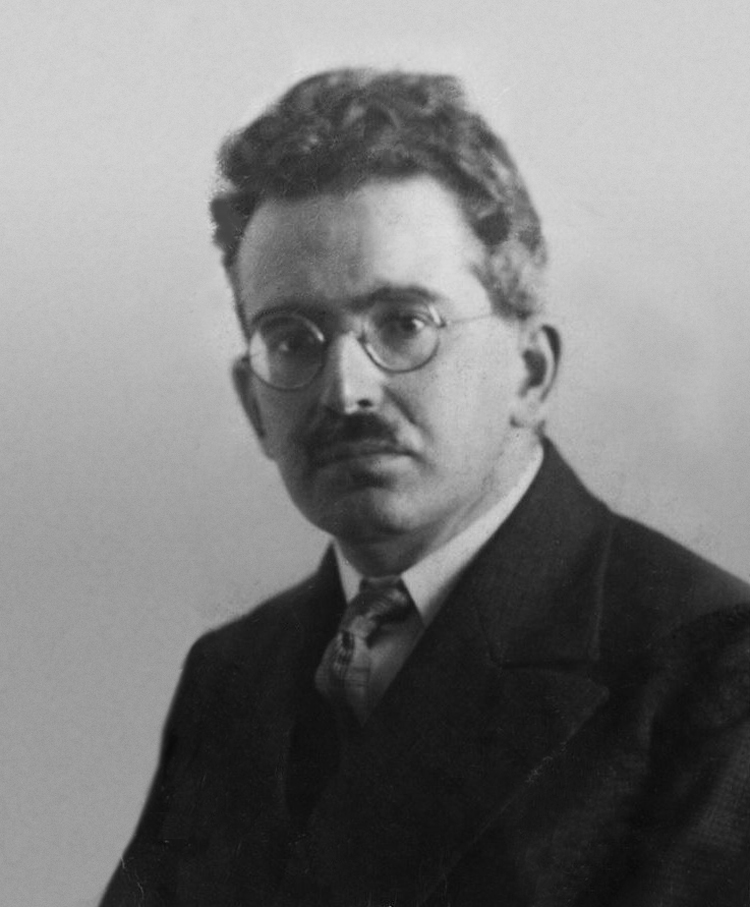Ursendung auf Radiophrenia, 13. November 2020 um 14:00 Uhr (MEZ)
The title is both a pun on the name of the author of the featured texts – it literally means „Herbst’s sheets“ – and the German word for „autumn leaves“. Through extreme time-stretching, the ‘authentic’ voice of the author-subject speaking his text (actually, lists of very heterogeneous German words) is turned into an ‘asignifying material flux’ (Christoph Cox), thus blurring the boundaries between meaningful speech, noise, and melody. Other fragments of speech function as rhythmic units. In this way, the piece radicalises certain tendencies of radio art in the tradition of concrete poetry.
Herbstblätter III ist nach einer Live-Performance im Quiet Cue Berlin (Herbstblätter, 2012) und zwei kürzeren elektroakustischen Kompositionen für CD (Herbstblätter II.1 und Herbstblätter II.2, 2013) eine dritte Kooperation zwischen dem Audiokünstler Gerald Fiebig und dem Autor Michael Herbst. Herbstblätter III ist für das Radio vorgesehen. Warum?
Konzept
Vor einem halben Jahrhundert brachte das Neue Hörspiel die konkrete Poesie mit neuen audiotechnischen Möglichkeiten, namentlich der Stereophonie, in Kontakt. Die Stereophonie sah man als zentrales Instrument, um Sprache als klangliches (statt primär semantisches) Material zu komponieren. Franz Mon schrieb dazu: „die stereophonie ist alles andere als ein realistisches medium, sie ist ein artifizielles mittel zur ordnung und unterscheidung von hörwahrnehmungen, die in der monophonie ineinanderfallen müßten.“ (1) Nicht realistisch im Sinne einer Abbildung von sprachexternen Realitäten soll das akustische Sprachspiel der konkreten Poesie sein, sondern selbst ein Stück Realität: „da es unsere sprache ist, die da erscheint, ist das stereophone hörspiel durch und durch ‚real‘, wenn diese bezeichnung überhaupt etwas bezeichnen soll.“ (2)
Mit der digitalen Revolution hat sich die Palette der Klangbearbeitungsmöglichkeiten noch deutlich erweitert. Lassen sich auch die heutigen technischen Mittel produktiv für einen „Hörtext“ (Ferdinand Kriwet (3)) bzw. „auditiven Text“ (gerhard rühm) nutzen, der einer Poetik des Konkreten verpflichtet ist? Herbstblätter III geht dieser Frage in einem praktischen Experiment nach, denn, so Sophea Lerner in ihren Überlegungen zur Zukunft des Radios und der Radiokunst: „If a revolution turns things around, sometimes things coming around again into a new context is more revolutionary than a narrative of progress that goes in a straight line where the future is always in front of us, and never sneaking up behind us.“ (4)
Komposition
Die Texte von Michael Herbst bieten sich dafür als Ausgangsmaterial an, da sie teilweise stark an den Verfahrensweisen der klassischen konkreten Poesie orientiert sind. Das Wort „Blätter“ im Titel bezieht sich beispielsweise darauf, dass die Texte mit einer mechanischen Schreibmaschine geschrieben sind, wobei die materielle Fläche des einzelnen Blattes einen formalen Rahmen für Länge und visuelle Gestalt des Textes setzt. Das Schreiben mit der mechanischen Schreibmaschine verlangsamt gegenüber digitalen Techniken den Schreibprozess und stellt zugleich die Materialität des Schreibmediums bewusst in den Vordergrund, gerade auch durch die unvermeidbaren Ungenauigkeiten im Schriftbild, die die Verwendung eines Farbbands mit sich bringt.
Verlangsamung und Unschärfe werden als zentrale Methoden auf die akustische Ebene des Stücks übernommen: Die Aufnahmen der von Michael Herbst selbst eingesprochenen Texte werden größtenteils extrem verlangsamt. Die sogenannte Sprachmelodie wird dadurch wirklich zu einem melodischen Verlauf. Die Nebengeräusche der Aufnahme (Grundrauschen) gewinnen durch diese Verlangsamung ebenfalls eine neue atmosphärische Qualität, werden zu einer Art Begleitstimme (im musikalischen Sinne).
Die extreme Verlangsamung bzw. Zeitdehnung, die hier zum Einsatz kommt, wäre mit analoger Tonbandtechnik nicht realisierbar gewesen – das Time-Stretching als genuiner Effekt unserer Epoche der digitalen Klangbearbeitung nimmt hier die zentrale kompositorische Rolle ein, die für das Neue Hörspiel die Stereophonie innehatte.
Rhythmische Strukturen werden zudem geschaffen durch Loops, in denen die Stimme nicht gedehnt ist. Sie ist aber entweder auf sehr kurze Partikel unterhalb der semantischen Ebene zugeschnitten, oder es werden Wörter so oft wiederholt, dass sie sich auch für Hörer*innen, die Deutsch verstehen, tendenziell von ihrem Sinn entleeren. Grundsätzlich aber funktioniert das Stück sprachübergreifend, als Klangstruktur.
Herbstblätter III basiert dabei ausschließlich auf Texten, die von einer einzigen Stimme gesprochen werden, der Stimme ihres Autors. Das Stück greift in die Materialität der aufgenommenen Stimme ein. Diese wird mittels der musikalisierenden Zeitdehnung von der ‚authentischen“ Stimme des Autor-Subjekts zu einem „asignifying material flux“ (5). Die Differenz von Signal (Stimme) und Rauschen wird dabei tendenziell aufgehoben. Herbstblätter III problematisiert dadurch nicht nur sprachliche Sinnerzeugung und die Präsenz der menschlichen Stimme, sondern auch das Medium der Audioaufnahme selbst.
Durch die Präsentation dieser Arbeit im Radio wird dieses reflexive, selbstkritische Moment noch zugespitzt. Denn in der Echtzeit-Situation der Radiosendung wird die Produktion, die auf einem Speichermedium fixiert wurde, selbst flüchtig und diffus. In diesem Moment der Selbstauflösung radikalisiert sich das (selbst-) kritische Moment der Herbstblätter.
Würde man den hohen Rilke-Ton, der im „Herbst“ des Titels anklingt, aufgreifen wollen, könnte man also sagen: Durch die Sendung verwehen die Herbstblätter im Äther. Aber vielleicht verfaulen sie auch einfach. Denn die kitschige Metapher wird reflexiv (und selbstironisch) ja dadurch gebrochen, dass der Titel auch einfach ein durchaus beabsichtigter Kalauer mit dem Namen des Autors ist.
1Franz Mon: bemerkungen zur stereophonie. In: Klaus Schöning (Hg.): Neues Hörspiel. Essays, Analysen, Gespräche. Frankfurt am Main 1970, S. 126. Vgl. zur Bedeutung der Stereophonie im selben Band die Beiträge zu meinen auditiven texten von gerhard rühm (S. 57) und Erfahrungen mit der Stereophonie von Heinz Hostnig (S. 129-133)
2Mon S. 127
3Vgl. Ferdinand Kriwet: Sehtexte – Hörtexte. In: Schöning S. 37-45
4Sophea Lerner: The Revolten Will Not Be Televised. In: Knut Aufermann/Helen Hahmann/Sarah Washington/Ralf Wendt (Hgg.): Radio Revolten: 30 Days of Radio Art. Leipzig 2019, S. 288
5Christoph Cox: Beyond Representation and Signification: Toward a Sonic Materialism. In: Journal of Visual Culture Vol 10(2), S. 157



 SHORT SYNOPSIS IN ENGLISH:
SHORT SYNOPSIS IN ENGLISH:
Du muss angemeldet sein, um einen Kommentar zu veröffentlichen.